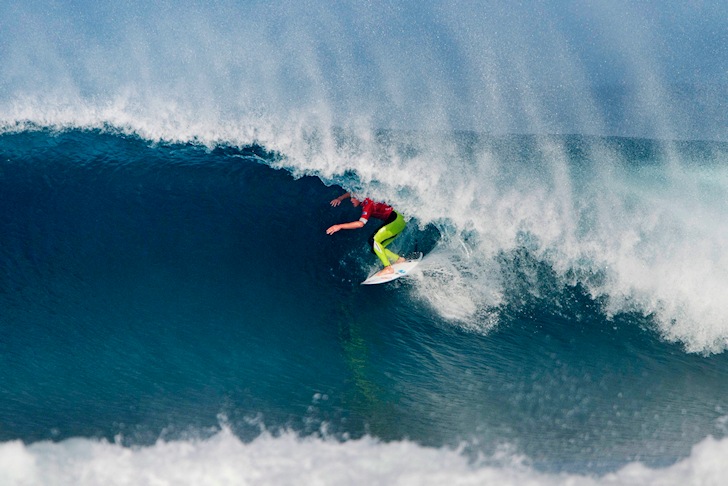When GPS devices were introduced in professional surfing, it felt like a new door had opened. Two years later, nobody knows who's the fastest surfer on Tour.
In 2011, the Quiksilver Pro Gold Coast decided to debut an innovative speed management system. The idea was to track the surfers' performance and unofficially "crown" a speed champion.
The use of GPS devices was not compulsory during heats. Only those willing to compete with the electronic device would get data for further analysis.
The technology allowed interesting conclusions to be drawn, not only on speed issues but also on flow, distance, and wave face decisions.
The initial tests revealed Mick Fanning as the lightning bolt of the ASP World Tour. He recorded a maximum speed of 39.1 km/h.
Joel Parkinson was the runner-up with 34,6 km/h, Bede Durbidge was third with 33,6 km/h, and Kelly Slater placed fourth with 32 km/h.
The GPS experience in contemporary surfing promised new investments in the surfboard-shaping world. Would shapers get involved and embed micro GPS devices in their works?
Apparently, nothing happened, and the ASP World Tour quietly discontinued the GPS test. Despite getting really interesting results, the surf industry ignored speed in surfing.
On the opposite side, windsurfers and kiteboarders are diving into speed and GPS tracking devices. Speed is actually the new hype, and it is here to stay, with multiple challenges and competitive formats.
Will speed surfing get a new chance? Will there ever be a speed-to-air surfing contest? Why not?
